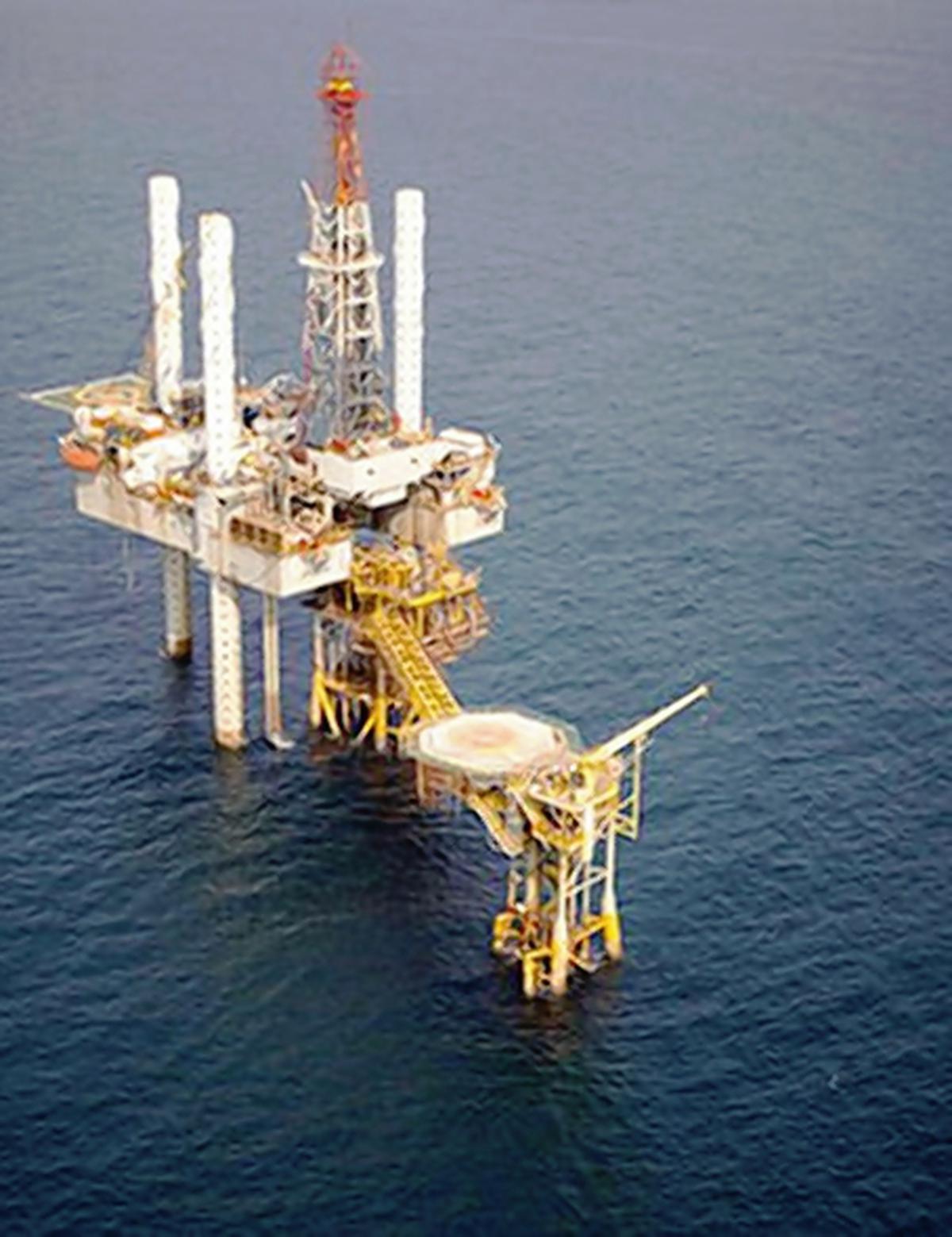
India offers 26 oil, gas blocks in mega offshore round
The Hindu
Out of the 26 blocks, 15 areas are in ultra-deepwater, eight in shallow sea, and three blocks are on land
India is offering 26 blocks or areas for finding and producing oil and gas in a mega offshore bid round, upstream regulator Directorate General of Hydrocarbons (DGH) said on Tuesday.
Simultaneously, 16 areas for prospecting for coal-bed methane (CBM) are also being offered in a separate round.
The "government announces the offer of 26 blocks covering an area of approximately 2.23 lakh square kilometers for exploration and development through international competitive bidding," the DGH said without giving timelines for bidding.
Out of the 26 blocks, 15 areas are in ultra-deepwater, eight in shallow sea, and three blocks are on land.
The bid rounds are being held under the 2016 policy, called the Hydrocarbon Exploration and Licensing Policy (HELP), which was promulgated on March 30, 2016.
Since then, seven bid rounds of the Open Acreage Licensing Programme (OALP) have been concluded and 134 exploration and production blocks awarded. These blocks cover 2,07,691 square km of area across 19 sedimentary basins.
An eighth round was launched in July, offering 10 areas. The winners of that round are yet to be announced.













